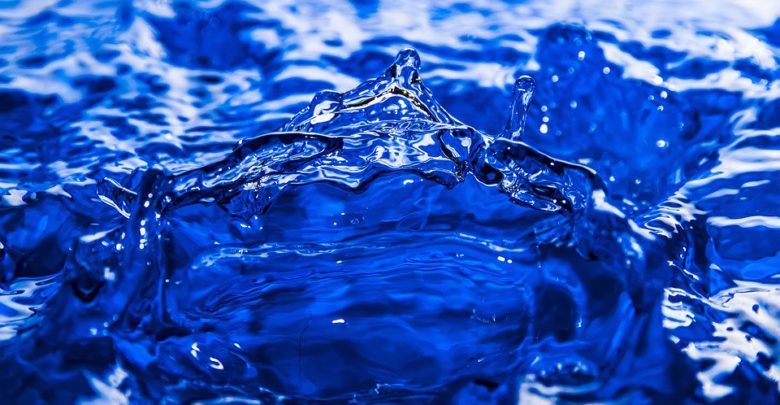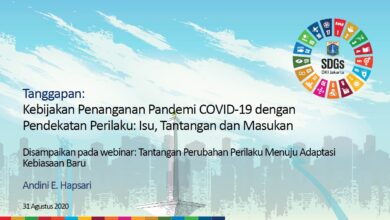
Publicly owned treatment works (POTWs) are required to reduce the pollutants in urban wastewaters to statutory levels prior to discharging the treated wastewater into natural water bodies. To fulfill this mandate, POTWs have been utilizing a sequence of treatment processes, each designed to remove a specific pollutant in the wastewater. Even though these processes have served well in meeting the discharge standards and in protecting public health and water quality, the sustainability of this practice has now emerged as a major concern.
Energy- and resource-footprints of these processes and the associated life-cycle impacts such as air pollution, resource depletion, and greenhouse gas emissions render this essential utility service unsustainable. On the other hand, POTWs are obligated to provide affordable and reliable utility service to the public in spite of tightening regulations, escalating costs and uncertainties of energy supplies.
To meet discharge permit requirements, the final step in wastewater treatment is to ensure that the treated water is free of disease-causing bacteria such as pathogens. The process used for removal or inactivation of disease-causing bacteria is disinfection. Traditional disinfection processes include chlorination, UV disinfection, and ozonation. These processes are unsustainable and have adverse consequences and/or are costly.
For example, it has been recently recognized that chlorination may form byproducts that are of serious human health concern.UV disinfection can be expensive due to the energy input and regular replacement of lights. These concerns have been driving POTWs and researchers to develop alternative processes that are safer, greener, cost-effective, and sustainable.
Researchers at New Mexico State University have developed a novel process that employs a naturally occurring algae (Galdieria sulphuraria) to treat urban wastewaters meeting the mandated discharge standards. A unique feature of this algal process is that it can remove most of the pollutants in the wastewater such as organic carbon, ammonia, phosphate, and disease-causing bacteria, in a single step.
Additionally, the system operates at low pH (pH = 4) and it is driven by sunlight, thus, conserving the energy that current wastewater treatment processes consume. Further, this process enables the recovery of valuable constituents in wastewaters for beneficial reuse. As such, this algal process is energy-efficient, cost-effective and more sustainable than the current practice.
Recently, this team has demonstrated high levels of pathogen reduction in a pilot-scale version of this algal process deployed at a wastewater treatment plant in the City of Las Cruces, NM. When compared against the existing plant running alongside, pathogen reductions in the algal process were found to be superior to those in the existing plant. When fed with the same wastewater, 3.3 log reduction of total coliform was recorded in the existing plant. In comparison, total and fecal coliform counts in the treated water from the algal process were below detectable limits (> 7 log reduction).
Advanced microbiological analysis showed a 98% reduction of total bacteria and complete removal of disease-causing bacteria (Enterococcus faecalis and Escherichia coli) by the algal system. Since this level of bacterial reduction is accomplished without using any external disinfectants, it offers a significant advantage for the algal system over the current practices at POTWs.
Continuing this finding, factors that contributed to the high levels of disinfection in the algal process have been investigated by this team. It was hypothesized that the observed bacterial inactivation in this algal system could be due to the low pH, moderately high temperature, bacterial attachment and settling, sunlight, dissolved oxygen, algal biomass, and algal toxins. Results of these tests suggested that low cultivation pH in the reactor is a major factor in inactivating native bacteria in the wastewater. No bacteria were observed after instant adjustment of pH to 4 and no reactivation was observed over time.
The low pH conditions enabled the algae to out-compete bacteria and perform well in treating the wastewater simultaneously eliminating the need for downstream disinfection. Sunlight has also been identified as a dominant factor in bacterial inactivation in most algal systems. It has been reported that high concentrations of dissolved oxygen normally observed in algal systems and the presence of photosensitizer substances such as humic and fulvic acids can accelerate bacterial inactivation during day time. Thus, naturally occurring sunlight, dissolved oxygen, and sensitizers in the algal system contribute to bacterial inactivation without relying on any external disinfectants as in today’s wastewater treatment processes.
These findings add value to the current trend in advancing algal-based processes to make wastewater treatment more sustainable. The proposed algal wastewater treatment process is a novel and greener alternative to the conventional algal systems (e.g.: high rate algal ponds, waste stabilization ponds) capable of producing a high-quality treated effluent suitable for beneficial reuses such as landscape watering and crop irrigation. On-going work is focused on scaling up this algal system and to demonstrate long term, year-round operation.
Artikel ini telah dipublikasikan di https://sciencetrends.com/algal-process-affords-sustainable-wastewater-treatment-and-disinfection/
Oleh: Nagamany Nirmalakhandan, Srimali Munasinghe Arachchige & Himali M. K. Delanka-Pedige, Science Trends



